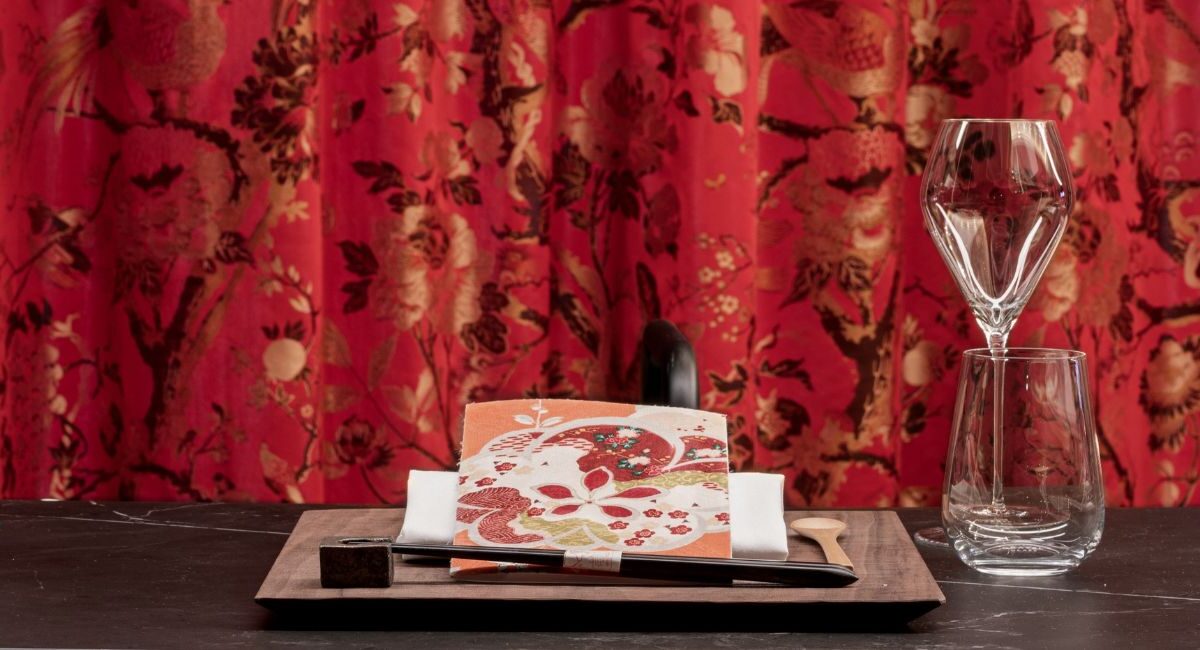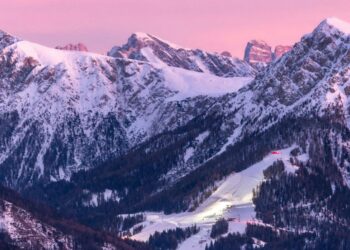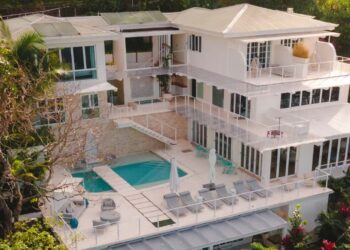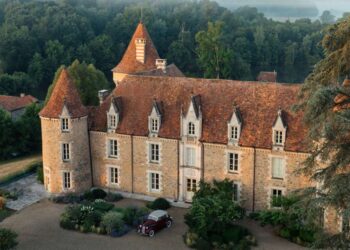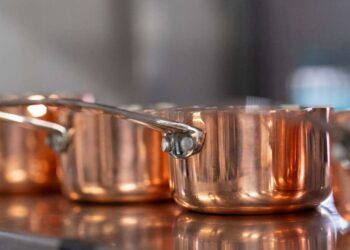When I went to Zurich a few months ago, I expected to eat well: creamy milk chocolate, unctuous Emmenthal cheese, rösti potatoes, maybe a pot of gently bubbling fondue. Going to Switzerland always has a way of making me feel grateful about being lactose tolerant.
I even expected to eat fancy. I’d been invited by the Dolder Grand Hotel to dine at its Michelin two-star establishment. The Restaurant — an oddly bland name belies the creativity of chef and hotel culinary director Heiko Nieder’s cooking — is the culinary jewel of the 125-year-old, art-filled hotel perched on the hilltop above the city.
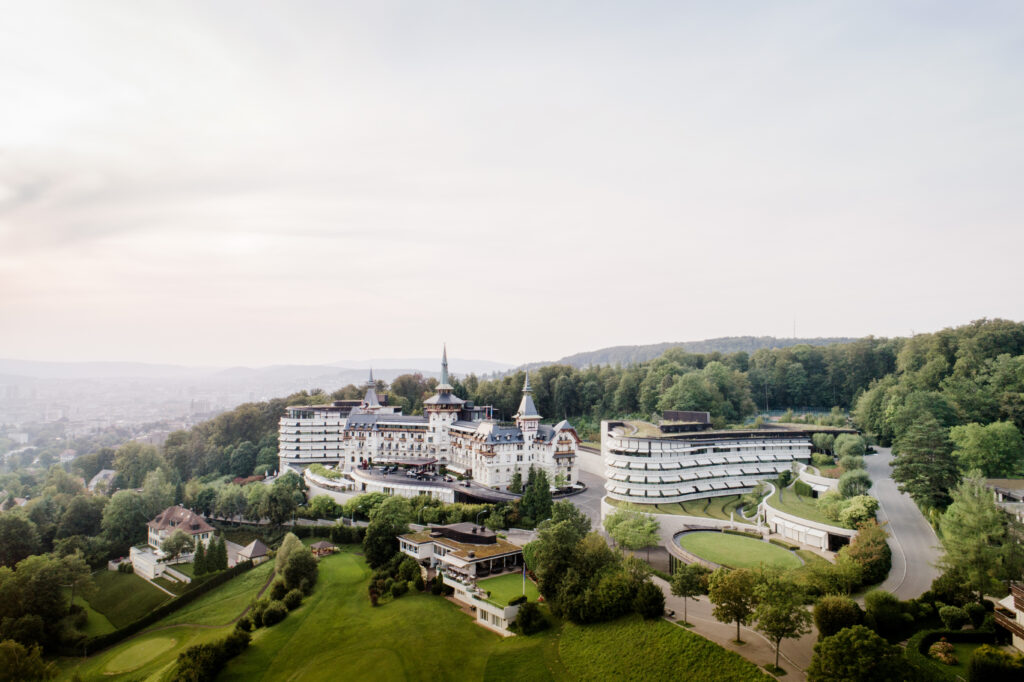
The grand dining room — as elegant as can be, all starched white tablecloths and plush red velvet armchairs beneath a gorgeously restored wood ceiling — is the setting for a sort of fine dining that feels very Swiss: meticulous craftsmanship, premium quality ingredients, an homage to the surrounding nature. That’s seen in the six- and eight-course tasting menus full of dishes like Breton lobster with strawberries, beetroot, tarragon, and mustard, or like Périgord truffle with reindeer tartare, red wine egg, and celery.
What I hadn’t expected was to eat some of the very best Japanese food I’ve had outside Japan (or São Paulo). Omakase is suddenly everywhere these days — with some food writers dubbing it “bromakase” for the certain sort of showoff expense-account diner it can sometimes attract — and the incarnations can be uneven. Even if done well, the repetitive ceremony of it all can get a bit boring.
This is why it came as a welcome surprise to find myself perched on one of the eight red leather barstools in front of the dining counter at Mikuriya, the hotel’s understated version of an omakase restaurant. An elegant Japanese host had greeted my fellow diners and me in the lobby, then led us to a rear elevator and up to an unmarked room on the hotel’s fourth floor.
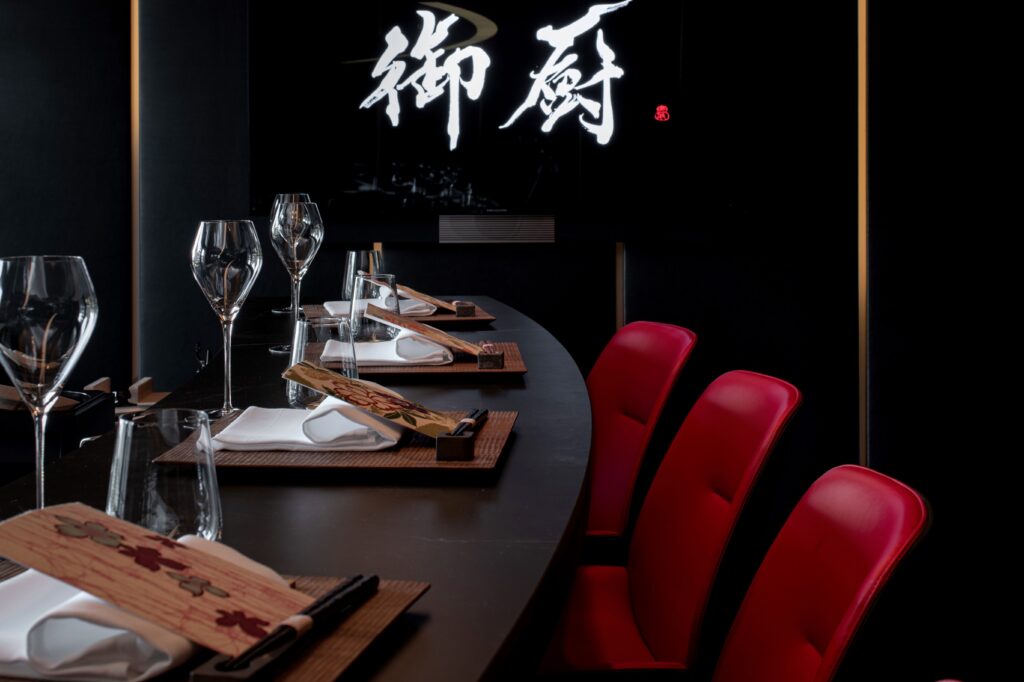
Had it been a suite? A small meeting room? It was hard to say. What I can say is that it was perfectly tricked out, with comfortable barstools and good lighting, a discreet space that wouldn’t have felt out of place in Tokyo. I took my place, along with a couple of Zurich-based American expats celebrating a birthday, a group of Swiss engineers attending a conference, and an impossibly glamorous Russian banker who said she splits her time between Zurich and Dubai and seems to be a regular at Mikuriya.
The name Mikuriya means “kitchen where food is prepared for special guests,” which makes me smile about the hyperspecificity of language and what it says about a culture. It’s a reminder that Japanese culture is one that takes hospitality very seriously. It elevates it to an art form. When you are being welcomed as a special guest, you know it. And that’s very much what’s happening here. Whether they drove up from the city below or flew in from an ocean or a continent away, everyone is made to feel special — being offered a choice of pretty glasses and little wooden boxes for their sake, being graciously accommodated when they decline the wagyu shabu-shabu.
(A clarification here on the accommodations thing: I’m pescatarian, which is probably the least painful way to be a pain in the ass when dining at a Japanese restaurant. I’m not recommending this for vegans or anyone with long lists of restrictions. Their official policy is they can’t accommodate vegetarian diets and certain preferences. Guests should inform them and ask when making a reservation, as I did when I made my plans, and as guests should do everywhere, always.)
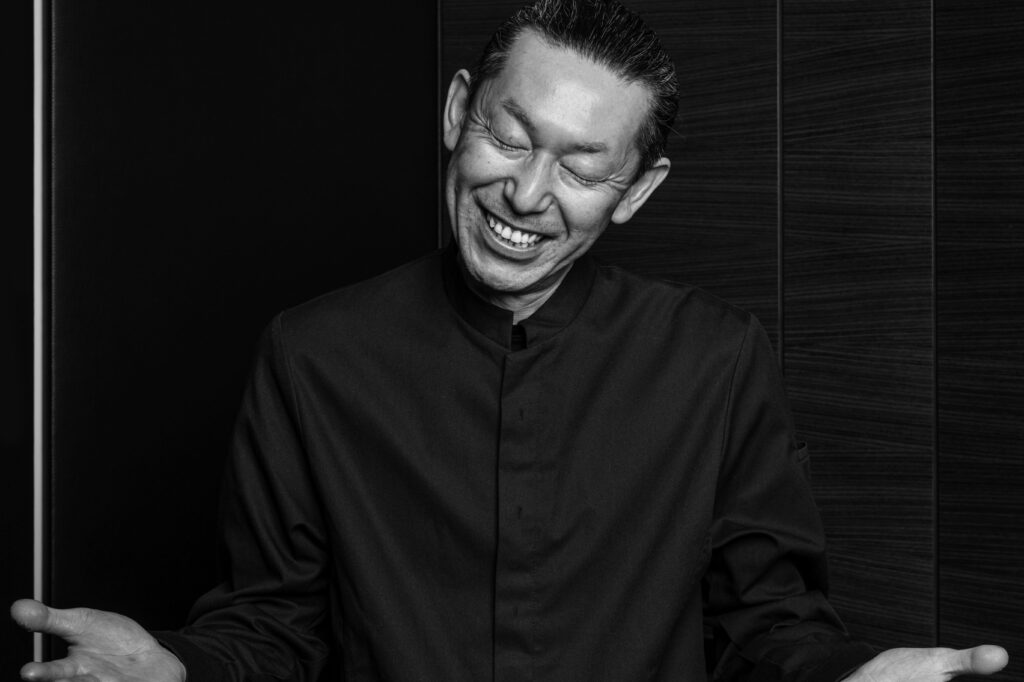
Once everyone was seated, Chef Atsushi Hiraoka emerged from behind a noren, greeted his guests, and got to work. Omakase, of course, means “I leave it up to you,” and the idea is that diners surrender to the chef. In this case, it’s a chef who has spent the past 30 years between his native Japan and Switzerland, a journey that has given him a rigorous understanding of the omakase tradition, and of European tastes and ingredients.
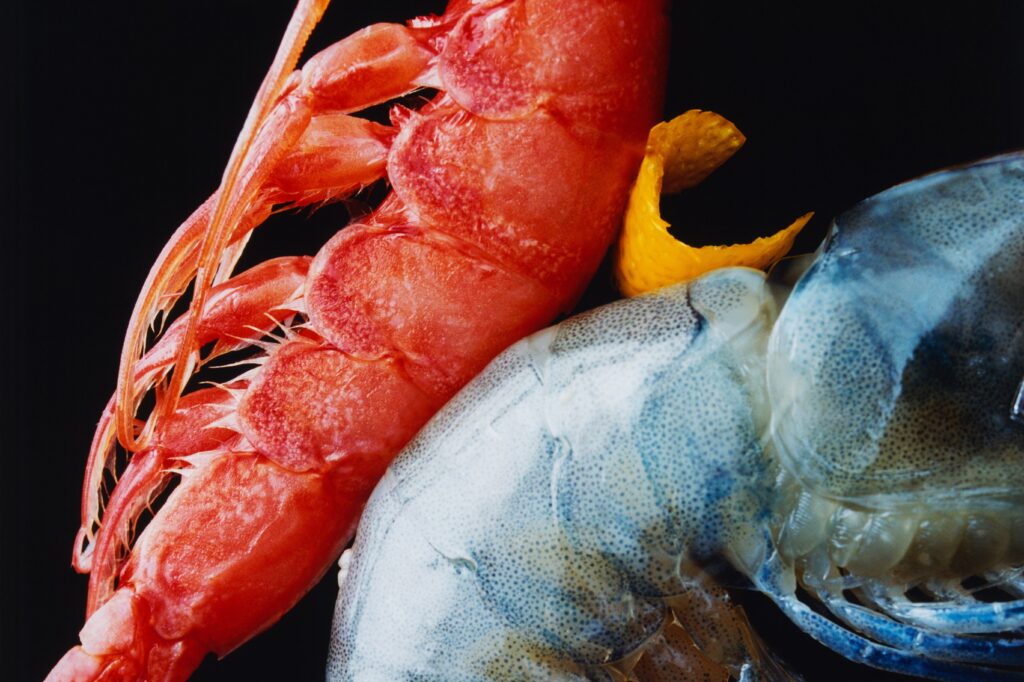
The result is a creative interpretation of a long tradition, one that’s heavy on fish and beef that have been flown in from Japan, but that also makes use of local products like Swiss salmon (from sustainable Alpine farms) and zander (a freshwater fish also known as pikeperch), and a few opulent, luxurious ingredients that remind us that we’re in one of the world’s main money capitals.
We left it to the chef, although we were given menus that outlined what we would be having so we could follow along. There were eight composed plates, some hot and others cold, before we got to the petite nigiri and maki that would round out the meal.

I knew the dinner would be extraordinary as soon as Hiraoka set the first dish in front of me: a delicate crab tartare, made from king and snow crab, and finished with a gleaming dollop of caviar. The dish itself was a work of art, with a fine spiral of white against a black surface, which made a graphic counterpoint to the colors of the dish — the pink and white of the crab, the red and yellow of the tiny halved tomatoes, the deep purple of a single rose petal.
The procession that followed kept up the magic: mixed mushrooms in an umami-rich broth, smoked eel atop a sweet Japanese omelet that’s finished with a heavy rain of fresh-grated black truffle, tataki-style, golden-eye snapper in a zesty bright-green tangerine sauce, and fried tofu with abalone and dashi bouillon. That Swiss zander was poached and served in a sauce of spicy tomato and persimmon, and topped with a single white strawberry of the sort that’s presented like a small treasure at the counters of Takashimaya.
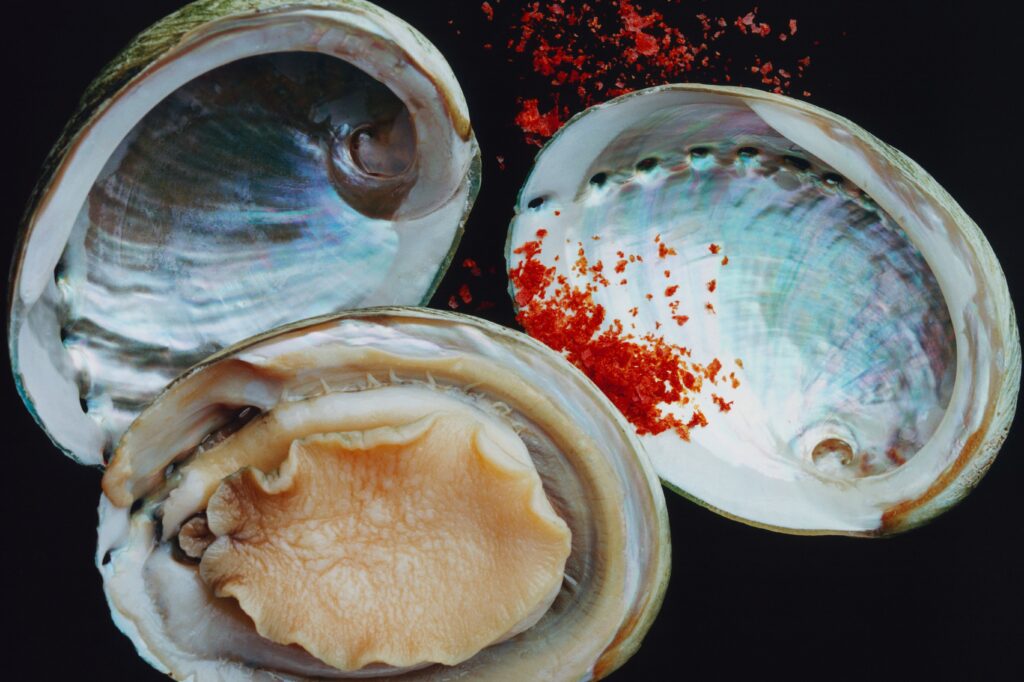
The kappo-style sushi that rounds out the meal — or is the main event, depending on your level of sushi obsession — is reinterpreted seasonally but always leans toward the luxurious. The bite-size morsels (none of those supersized nigiri we see in the U.S.) started with Japanese kingfish, flown in directly from Japan, and moved on to a delicate Swiss shrimp, a soft white scallop, and finally bluefin tuna belly with caviar.
It’s an experience that felt all the sweeter for the knowledge that in the morning, there would be cozy Swiss muesli for breakfast, and the following evening, there would still be the possibility for cheese. Possibly lots of cheese. During my dinner in the restaurant, an American business traveler dining alone at a table near mine found himself unable to decide when the server rolled up with the trolley for the optional cheese course. He did the thing I’ve never had the courage to do. He asked for one of each. And the server happily obliged.
Featured image courtesy of Dolder Grand Hotel.

